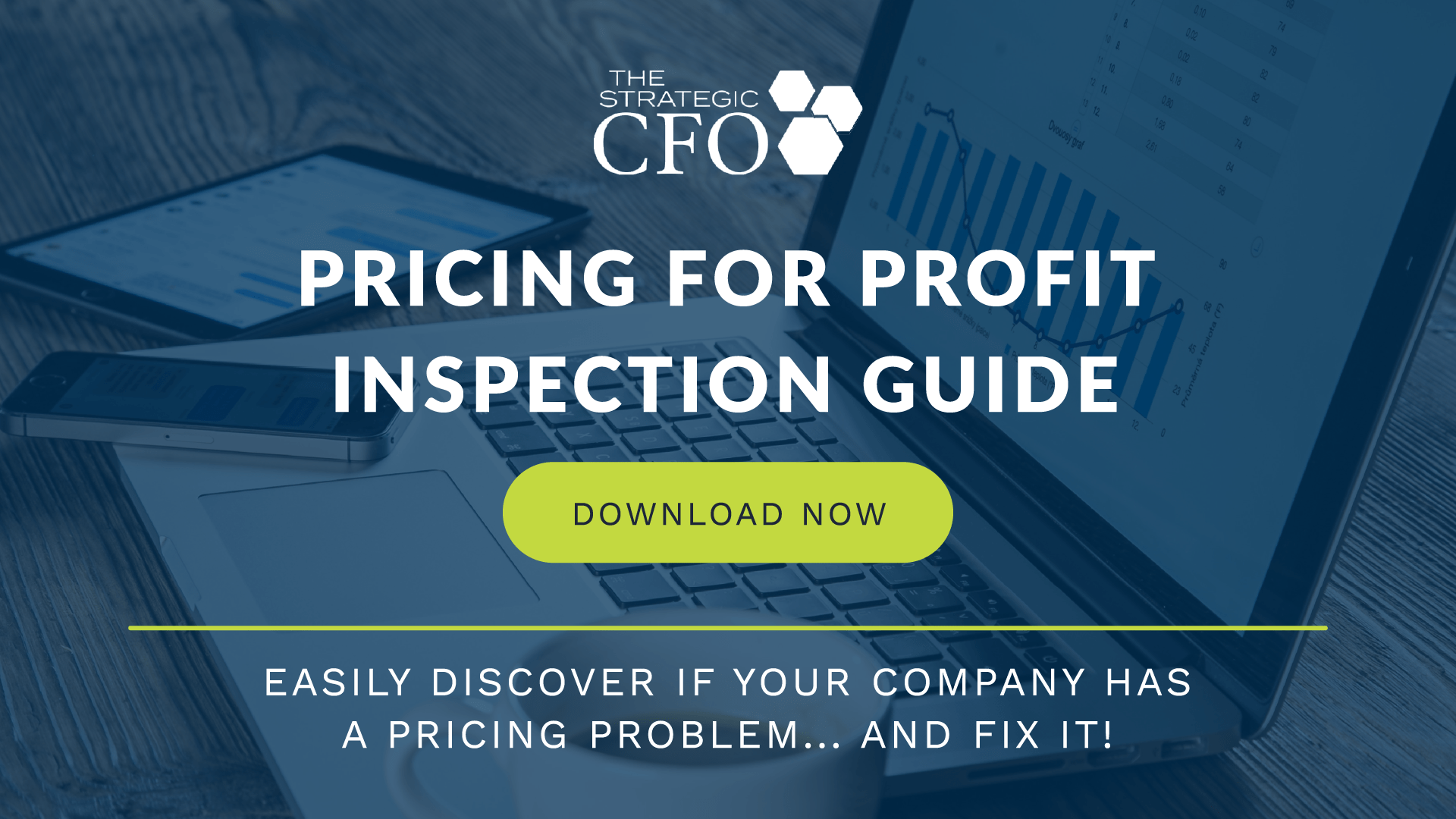See Also:
Cost of Capital
Cost of Capital Funding
Capital Asset Pricing Model
APV Valuation
Capital Budgeting Methods
Discount Rates NPV
Required Rate of Return
Arbitrage Pricing Theory Definition
The arbitrage pricing theory (APT) is a multifactor mathematical model used to describe the relation between the risk and expected return of securities in financial markets. It computes the expected return on a security based on the security’s sensitivity to movements in macroeconomic factors. Then use the resultant expected return to price the security.
The arbitrage pricing theory is based on three assumptions. First, that a factor model can be used to describe the relation between the risk and return of a security. Then, idiosyncratic risk can be diversified away. Finally, efficient financial markets do not allow for persisting arbitrage opportunities.
In addition, the arbitrage pricing theory calculates the expected return for a security based on the security’s sensitivity to movements in multiple macroeconomic factors. Whereas the standard capital asset pricing model (CAPM) is a single factor model, incorporating the systematic and firm specific risk related to the overall market return, the arbitrage pricing theory is a multifactor model.
Then, set up the arbitrage pricing theory to consider several risk factors, such as the business cycle, interest rates, inflation rates, and energy prices. The model distinguishes between both systematic risk and firm-specific risk. It also incorporates both types of risk into the model for each given factor.
Arbitrage Pricing Theory Formula
The formula includes a variable for each factor, and then a factor beta for each factor, representing the security’s sensitivity to movements in that factor. Because it includes more factors, consider the arbitrage pricing theory more nuanced – if not more accurate, than the capital asset pricing model.
A two-factor version of the arbitrage pricing theory formula is as follows:
r = E(r) + B1F1 + B2F2 + e
r = return on the security
E(r) = expected return on the security
F1 = the first factor
B1 = the security’s sensitivity to movements in the first factor
F2 = the second factor
B2 = the security’s sensitivity to movements in the second factor
e = the idiosyncratic component of the security’s return
If you want to improve your pricing and your profits, then download the free Pricing for Profit Inspection Guide.

Access your Strategic Pricing Model Execution Plan in SCFO Lab. The step-by-step plan to set your prices to maximize profits.
Click here to access your Execution Plan. Not a Lab Member?
Click here to learn more about SCFO Labs











